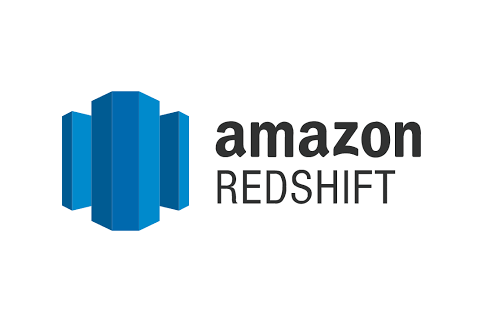Big News
Cloud Rush is now TrustNet Technologies! Explore our new brand and expanded services at our updated website.

Amazon Redshift is a fast, scalable data warehouse that makes it simple and cost-effective to analyze all your organization’s data across your data warehouse. It will deliver ten times faster performance than other data warehouses by using machine learning, massively parallel query execution, and columnar storage on high-performance disk.
First, let’s start with the basics. Data warehouses are databases that are designed and used as depositories for analytical data. Data warehouses share many characteristics to relational databases but serve different purposes. A relational database is used to store individual records, while data warehouses are used to store and maintain aggregate values generated from relational databases.
Amazon Redshift automatically provisions the infrastructure and automates administrative tasks such as backups, replication, and fault tolerance. With concurrency scaling, you can support virtually unlimited concurrent users and concurrent queries. When enabled, it automatically adds additional cluster capacity when you need it to process an increase to concurrent read queries. When the demand decreases, the additional capacity is automatically removed.
The Amazon Redshift Spectrum is an optional feature that allows you to query all types of data stored in Amazon simple storage service or Amazon S3 buckets. You don’t need to load that data into the Redshift database to work. One of the advantages of Amazon Redshift is that it uses a massively parallel columnar architecture. This means the data is indexed in the same way that analytical queries are written.
Internally Amazon Redshift is broken down into nodes. There is a single leader node and several compute nodes. Clients access it via a SQL endpoint on the leader node. The client then sends a query to the endpoint. The leader node creates jobs based on the query logic and sends it in parallel to the compute nodes. The compute nodes contain the actual data the queries need. The compute nodes find the required data, form operations and return results to the leader node. The leader node then aggregates the results from all of the computer nodes and sends a report back to the clients.
You can use Amazon Redshift to build a unified data platform. Creating multiple copies of data is a massive waste of time and money. However, traditional data warehousing requires the data to be loaded into the data warehouse. Redshift Spectrum can run queries across your data warehouse and Amazon S3 simultaneously. This will save you time and money.
Amazon Redshift costs have been simplified to help you determine your overall costs. You start by choosing the cluster nodes that meet your needs. Each cluster node includes memory, storage, and IO. The node type is billed per hour. There are 4 types of pricing:
1. On-Demand Pricing
2. Concurrency Scaling Pricing
3. Reserved Instance Pricing
4. Amazon Redshift Spectrum Pricing
Whether you are a startup to a Fortune 500 company, this tool will help save your organization time and money. Contact Cloud Rush today to get started with a complimentary consultation.
Cloud Rush is now TrustNet Technologies! Explore our new brand and expanded services at our updated website.